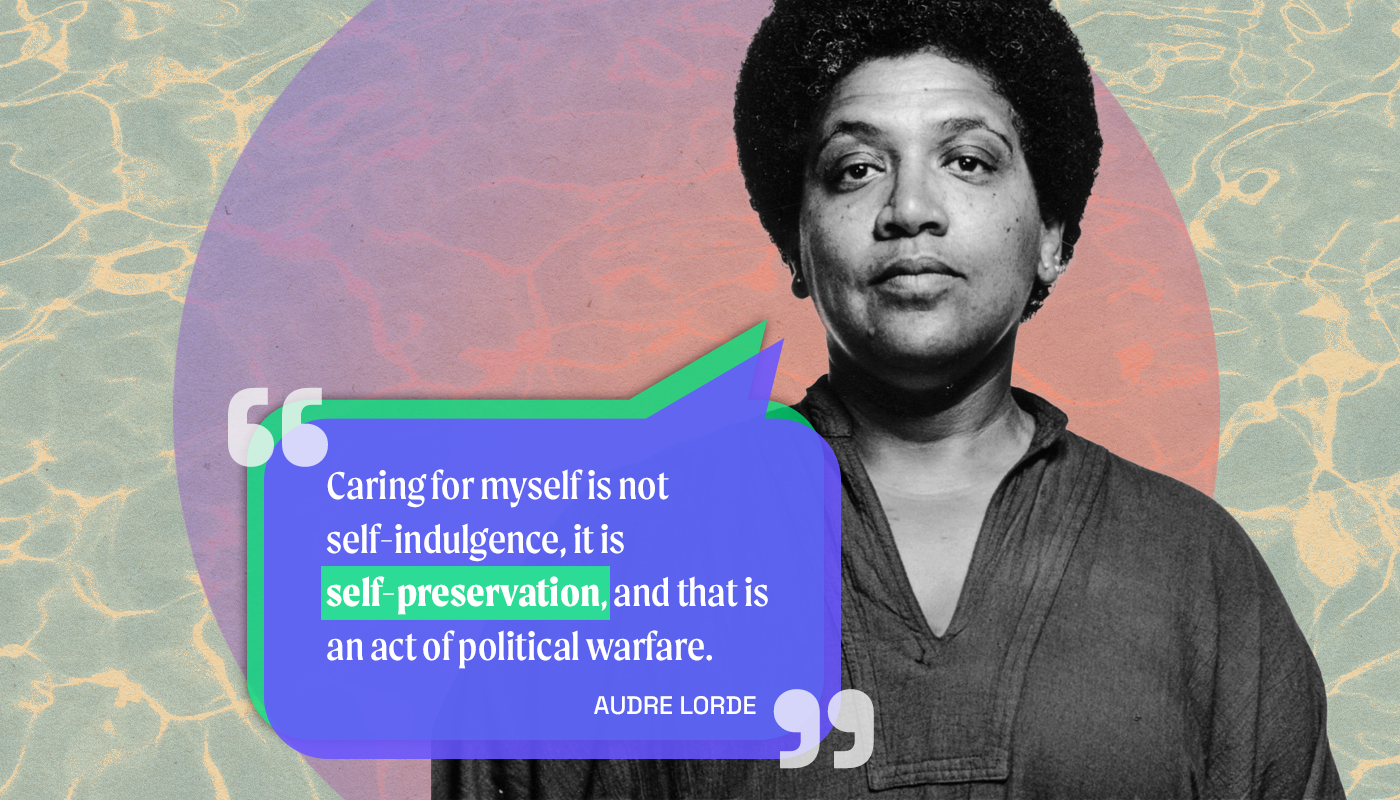Reduce harm in the workplace
Three ways to create a safe, supportive culture.

The Great Resignation has propelled the importance of understanding how to create a workplace environment that is safe and inclusive for all employees. For individuals from racialized communities, workplace trauma and racial microaggressions can be commonplace.
Racialized communities
For the purposes of this discussion, we are using the term racialized to mean anyone within the U.S. who identifies as a race other than white.
Any organization that is hoping to mitigate turnover must first recognize the ways that racialized employees experience harm, and then must also understand how to reduce the harm that these employees experience on a continuous and ongoing basis.
Here are three ways that harm can be reduced in the modern workplace:
1. Education
Part of why racialized communities continue to experience harm is because of a lack of understanding and awareness regarding the ways in which harm has been perpetuated throughout history. Educating employees about generational trauma and the ways that it can impact employee experiences and wellbeing will help mitigate harm in the workplace. Employers should be investing in practitioners, consultants, and speakers who specialize in education about topics related to marginalization, inequities, and oppression. In Dr. Joy Degruy’s groundbreaking book, Post-Traumatic Slave Syndrome, she explored the impacts of generational trauma of Black Americans whose ancestors were enslaved. The trauma that a group of people experienced collectively can be passed on to future generations. Those who experience trauma, some studies suggest, may be more likely to experience mental health issues.Interestingly, author and psychotherapist Resmaa Menakem has explored how descendants of those who caused harm carry racial biases within their bodies through the generations. These descendants carry “white body supremacy” with them.
Generational trauma
Intergenerational trauma, also known as transgenerational trauma, is a phrase used to describe the impact of a traumatic experience, not only on one generation but on subsequent generations after the event.
Understanding historical harm that has been done will help employees understand each other at a deeper level and can mitigate microaggressions and misunderstandings.
Cultivating a workplace where harm is reduced requires a concerted effort to learn about and understand how the historical experiences of a community have impacted their outcomes in today’s society. How do hundreds of years of enslavement impact the self-esteem of Black Americans within society? How did the internment of Japanese Americans shape their current experiences? Though it is not possible to go back in time and repair the harm that has already been done, education is vital. Understanding what a group has experienced will allow employees to operate from a place of compassion, and will provide important insights about how to create a workplace that takes people’s unique challenges into consideration, in order to reduce future harm.
2. Feedback systems
Understanding how employees are currently feeling is imperative to help identify current harmful practices to improve employee experiences. Although it is unlikely that every single employee will be satisfied all the time, frequently soliciting their feedback and opinions will help assess and understand the employee experience — beyond a thorough analysis of exit interview data (exit interviews are usually done just as a formality when an employee is exiting the organization). Implementing several different feedback systems is beneficial to counter that bias and limitations that any individual feedback mechanism brings. Surveys are helpful, but of course, one major challenge is the lack of responses and the possible biases that can arise (response bias for example). Focus groups where a collection of employees willingly share their experiences is a great way to garner feedback, however, employees may not always give honest feedback because of fears of retribution or retaliation for reporting bad behavior. Creating multiple mechanisms such as these to solicit feedback is helpful; ensure that there are also anonymous ways to assess feedback and that information is kept confidential, to increase employee participation.
Response bias
The response bias refers to human tendency to provide inaccurate, or even false, answers to self-report questions, such as those asked on surveys or in structured interviews. This is often attributed to the pressure to give answers that are socially acceptable.
There is a popular saying that what gets measured gets improved. In order to understand how to create a safe and harm-free workplace, there must be an understanding of where you currently are in order to develop a plan for where you want to be. What barriers stand in the way and are causing further harm in your workplace? Asking employees about their experiences is a powerful way to recognize how harm is being perpetuated.
3. Accountability
Arguably the most important aspect of reducing harm in the workplace is ensuring that there are accountability systems in place. Even with a deep knowledge of the historical harm that has been inflicted on different racialized communities and specific feedback about employee experiences, if nothing is done then to address harm, the organization will not be sustainable. Those who have experienced harm should play an instrumental role in deciding how harm will be repaired. If, for example, an employee made a racially offensive remark to another employee, it should be the discretion of both the organization and the individual that experienced the harm to decide how the harm should be repaired. Too often, employers are the sole deciders of what happens to the “bad apples” within an organization. A slap on the wrist or no consequences at all creates an environment where employees feel ignored and devalued.
Employee concerns must be taken seriously and coupled with systems to address the harm they face. What is the policy or procedure for when a leader or someone in a position of power and privilege abuses their power and causes harm to another employee? How is that situation dealt with? Is your human resource department equipped to deal with and resolve employee conflict?
It is important to understand that we are all causing harm to others, and we will continue to cause harm. The reality is that harm, though difficult to completely eradicate, can be lessened and repaired. To cultivate a workplace that is safe for all, educate employees about different communities, gather feedback about their unique experiences, and put measures in place to address and repair harm when it is committed. ![]()






